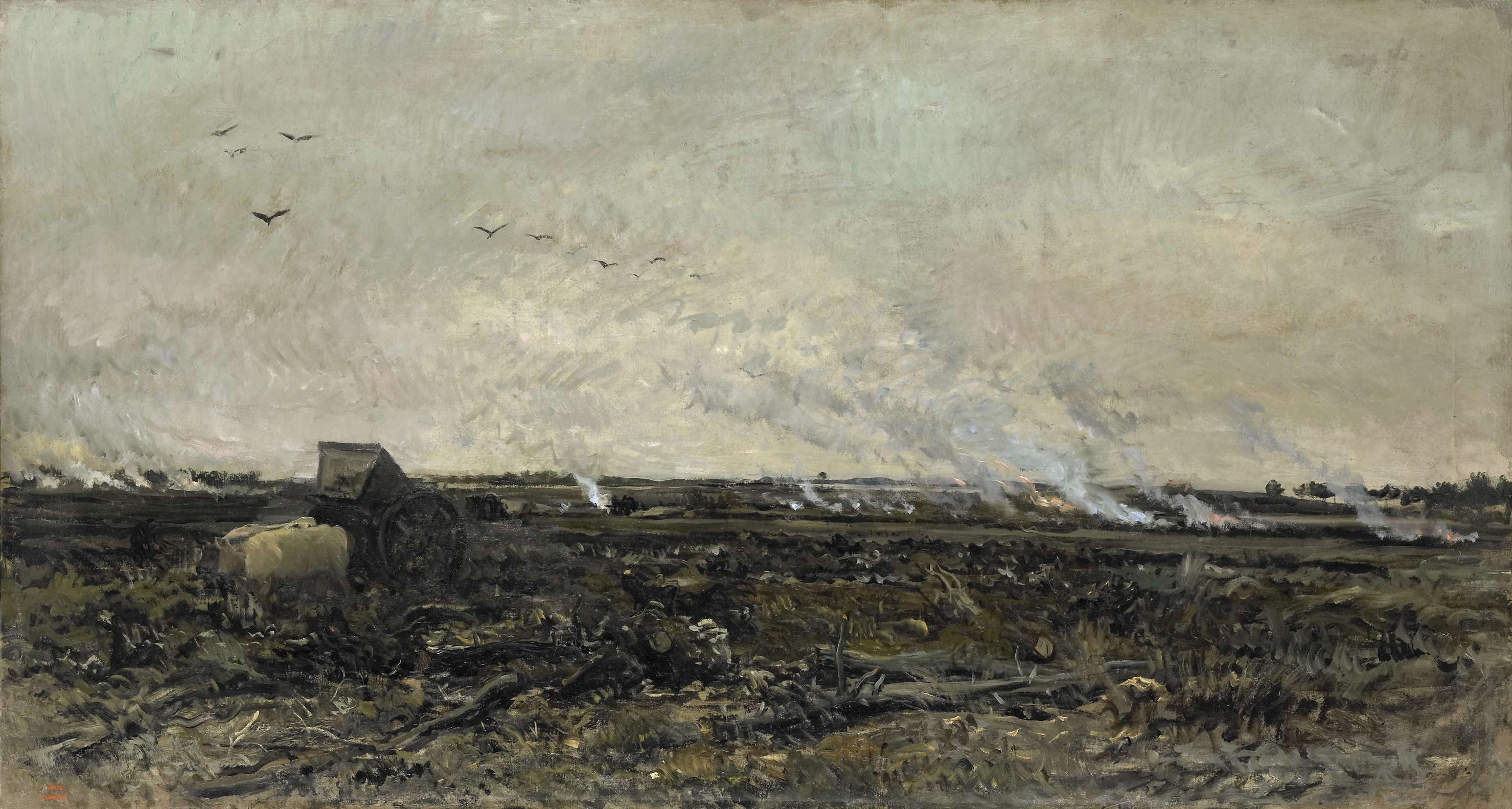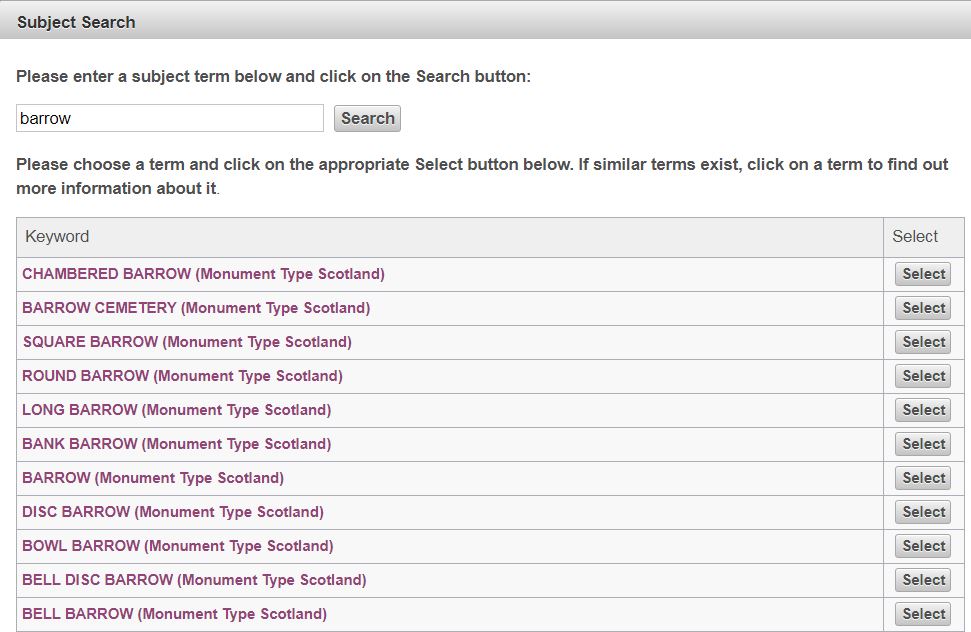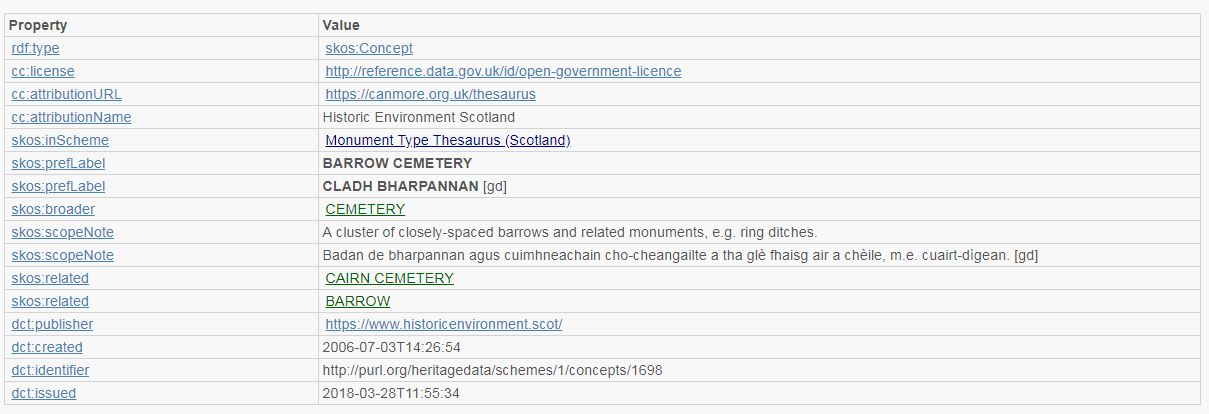
Image published by the Rijksmuseum – Public Domain
As the nights begin to draw in, it seems like an opportune moment to reflect on the progress of the redevelopment of OASIS. The Summer has perhaps been atypical here, usually it’s something of a hiatus between the rushes of finishing things to meet the end of a financial year/going on holiday, and beginning afresh in the Autumn. Not so this Summer, and it seems like myself and Jo have been busier than ever, but what have we been doing?
The first part of this blog is to try to give an overview of the non-technical tasks, I’ll be writing up the development team’s work on the actual form as a second part shortly.
—-
Hopefully readers will have seen the alert for the small user needs Survey in September. This has now closed and the results are being written up to feed back to HE and HES on the resources that will be needed as we move into Stage 3 of the project (the actual roll-out of a real, live system). There was some valuable feedback, particularly on the value many users placed on having a human presence to help with their queries, greater input into training/guidance from people that actually use the form in day-to- day workflows (so not me!), and to ensure support for users in remoter parts of the country. I’ll write a longer blog on the results in the near future.
Elsewhere, we’ve also completed a task to ensure that the new system incorporates the highest standards of recording. As users of the current form are no doubt aware, there have long been problems with ensuring the accuracy and consistency of things being recorded in OASIS (a consequence of the age and original purpose of the form, but that’s another story). During the first stages of the redevelopment project exactly what is being recorded and how it is being recorded, came under scrutiny. The result is that some fields have been dropped, others merged or rationalised. A full list of what remains can be seen in the Functional Specification which is available on the HERALD project wiki for those that wish to find out more.
Moreover, there’s the challenge of ensuring what goes in these fields is accurate and understood. So at long last we’ll be using the full power of the thesauri hosted at heritagedata to enable users to enter correct terminologies. And yes, they will be country specific where necessary. The form is being built to be flexible enough to have a drop-down for simple lists, but to allow users to enter their own terms and return relevant entries from the thesaurus (see below)


For new OASIS we’ve wanted to go further and to try to use wordlists wherever possible. This has led to a mini project to identify areas of the form that could be controlled (so no free text), and then create the list of terms to be used. Since an initial review by FISH back in December 2017, this work has been aided by the teams at HE, HES and Department of Environment for Northern Ireland, especially Zhouyi Qian a placement with HE’s Data Standards Unit. In a short space of time Zhouyi was able to rationalise 16 years worth of entries to OASIS into smaller groups of terms to describe:
- The reason for the investigation e.g. <Planning requirement> or <Ecclesiastical Consent >
- The broad development type (if related to an event within the planning framework) e.g. <Land management> or <Energy and power generation>
- The broad funder type e.g. <Utilities and infrastructure> or <Charitable organization>
- Site protection status e.g. <Designated Wreck> or <Guardianship Monument>
- Types of site identifier e.g. <Canmore Event ID>
- Paper + Digital Archive component e.g. <Aerial photograph transcription>
After a review by FISH members, the lists are good to go. As if that wasn’t enough, Zhouyi undertook the almost Herculean task of mapping all entries within the current database to those new concepts. To give an example of the extent of this task, consider the values entered to record the old fields for Prompt and Reason for Investigation (merged into Reason for Investigation). In the old system there were 69,750 values, in 1376 unique combinations such as:
- Direction from Local Planning Authority – PPG16
- Direction from Local Planning Authority – NPPG18
- Direction from Local Planning Authority – Direction 4
- Planning agreement (Section 106 or 52)
- Direction from Local Planning Authority – PAN42 Article 4 Direction
- and so on
Alot of these were pretty straightforward, so for example:
- “Direction from Local Planning Authority – PPS” = <Planning requirement>
- “Direction from Local Planning Authority – PPG16” = <Planning requirement>
Others were somewhat opaque, for example:
- “To inform reconstruction”
- “I was told to do this”
- “terrestrial”
- and my favourite: “The wall fell down”.
It’s important to note that all the original data will be kept (nothing is being deleted!!!). So for example you’ll be able to see that for example, in the original form a user recorded “Everton Football Club” as the funder but that this has been mapped to the concept of a <Private or public corporation>. We will also be archiving the complete OASIS database in perpetuity.
As well as the new lists we’ve also been mapping and migrating standard relevant parts of the form to the correct entries in the more well-established thesauri (monument, event, object, period). As these have been free-text there is a great deal of variety in what and how things have been entered, but my favourite is the person who for object recorded “WOTSITS PACKET”. This valuable mapping work is allowing us to migrate records from the old to new database, to help populate the new form and so that everyone’s records will appear when they finally get to logon!
Speaking of which, time to move on to part II and show off the new form…
Tim